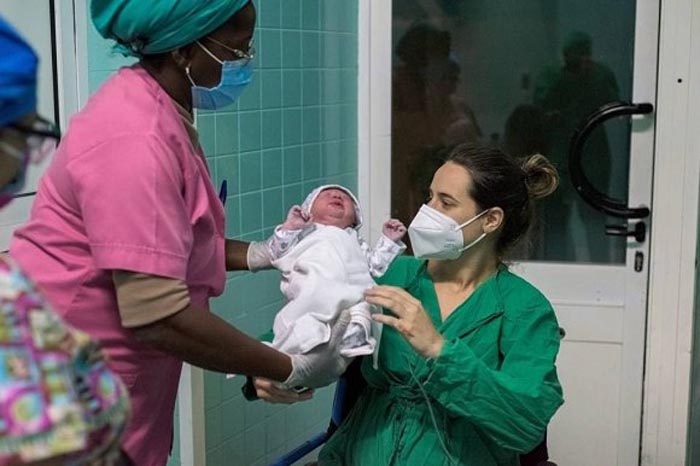
HAVANA, Jan 4 (NNN-ACN) — Cuba’s infant mortality rate will drop to 7.1 per 1,000 live births in 2023, with the westernmost province, Pinar del Rio, having the lowest rate of 3.1 per 1,000 live births.
This result favors the multisectoral work in function of the mother-child binomial, from primary and secondary health care.
Dr. Maria Teresa Machin Lopez-Portilla, head of the Maternal and Child Care Program (Pami by its Spanish acronym) in the province, explained to the Cuban News Agency that the number of deaths was reduced by 14 compared to 2022.
In the territory, the sustained work of family doctors and nurses, gynecologists, obstetricians, clinicians, pediatricians, social workers, psychologists and specialists involved in the follow-up of women from the preconception stage stands out.
The main problems faced during the year were related to hypertensive diseases in pregnancy, intrauterine growth retardation and preterm birth,” she said, “and in view of this, training activities and workshops are being carried out jointly with the University of Medical Sciences.
Six maternity homes, among them the regional Justo Lagon Padilla, have also been in charge of monitoring pregnant women at risk, preventing anemia in underweight women and compensating chronic diseases, while the medical genetics network has become a strength in all the territories, the doctor added.
Machin-Lopez Portilla indicated that in the midst of a complex context of limited resources, the province benefited from emergency projects of the United Nations for solidarity aid.
Another province with very outstanding rates was the eastern Holguin, which closed the year 2023, with 4.7 per 1,000 live births, the third lowest in Cuba, after Pinar del Rio and Artemisa.
During the period, more than 8,800 births were reported, 202 less than the previous year, while the municipalities of Antilla and Calixto Garcia concluded the 12 months with this indicator at zero, Dr. Alberto Ruben Piriz Assa, head of the Maternal and Child Care Program in the territory, stressed to the Cuban News Agency.
Piriz Assa, a first and second degree specialist in Intensive Care and Emergency Medicine, stressed that even in the midst of the economic crisis and the geographical complexities in areas of the Turquino Plan and the high population density, the joint work of primary, secondary and hospital health care, decisive in this result, is maintained.
The World Health Organization recognizes the reduction of infant mortality as one of the fundamental milestones to increase reproductive efficiency, which is why in Cuba, in spite of exhibiting low indicators, a comprehensive strategy is adopted, from the beginning of pregnancy, aimed at reducing the risk of fetal and maternal death. — NNN-ACN






